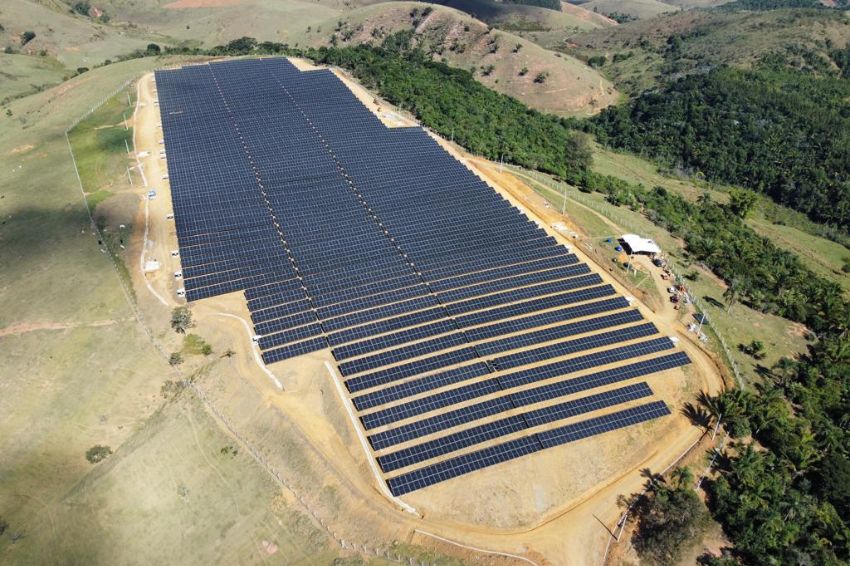Solar chimneys reduce energy costs by up to 50% and are a good strategy for natural air conditioning, especially in regions with a hot climate, to cool indoor environments. Now, they can also be an alternative to help save lives in a fire, according to researchers from RMIT University (Royal Melbourne Institute of Technology).
Scientists have designed a solar chimney optimized for energy savings and safety as part of the sustainable features of a new building in Melbourne, Australia.
According to research, the solar chimney increases the time people have to escape the building during a fire – extending evacuation time from about two minutes to more than 14 minutes.
One of the study's authors, researcher Long Shi, said solar chimneys have well-established environmental credentials, but their potential to improve fire safety has not yet been explored.
“In an emergency situation where every second counts, it is critical to give people more time to escape safely. Our research demonstrates that solar chimneys offer powerful benefits for human safety and the environment.
Fulfilling two important functions can increase the already strong cost-benefit of this sustainable technology. We hope our findings inspire further investment and development of solar chimneys in Australia and around the world,” commented Shi.
With an estimated 19% of the world's energy resources devoted to heating, ventilating and cooling buildings, integrating solar chimneys into new construction and retrofitting into existing structures offers great potential to reduce this enormous environmental cost.
A search offers a technical guide to optimize the design and engineering of solar chimneys in real buildings, to expand their application in both functions.















